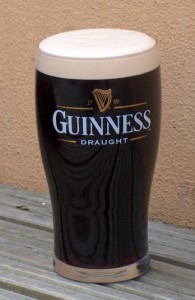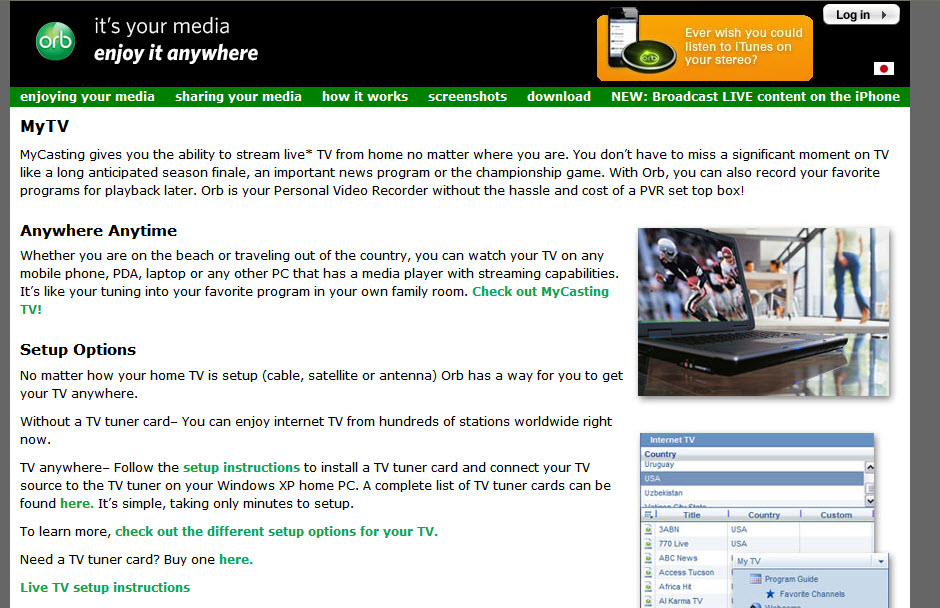Shanzhai Agencies.
The “shanzhai” phenomenon in China — flooding the market with low-cost counterfeit mobile phones — is big business. In the U.S. we also have a shanzhai phenomenon but it’s tied to small and mid-size advertising and marketing agencies who pretend to be digital marketing experts.
It usually starts with building a client website, then it extents to creating and placing display ads and email marketing. These shanhzai pretenders are going to school on unsuspecting marketers and it’s creating problems for everyone.
Websites are built in Flash and are, therefore, not searchable. Emails are created that look like brochures with hundreds of words of copy. Online ads aren’t linked to landing pages and website navigation doesn’t come close to reflecting any standard of reasonable usability. The pretenders aren’t getting rich on this stuff either. It’s a disease.
One way to make sure you don’t fall into this shanzhai digital trap is to check the shop’s website. Is it impressive? Logical? Does it load quickly? Does it excite? “Google” them and see if they show up. Do they have a blog? Check out their digital work and contact their digital clients. Ask if the people are on staff or freelance. Don’t buy counterfeit goods. Peace!




